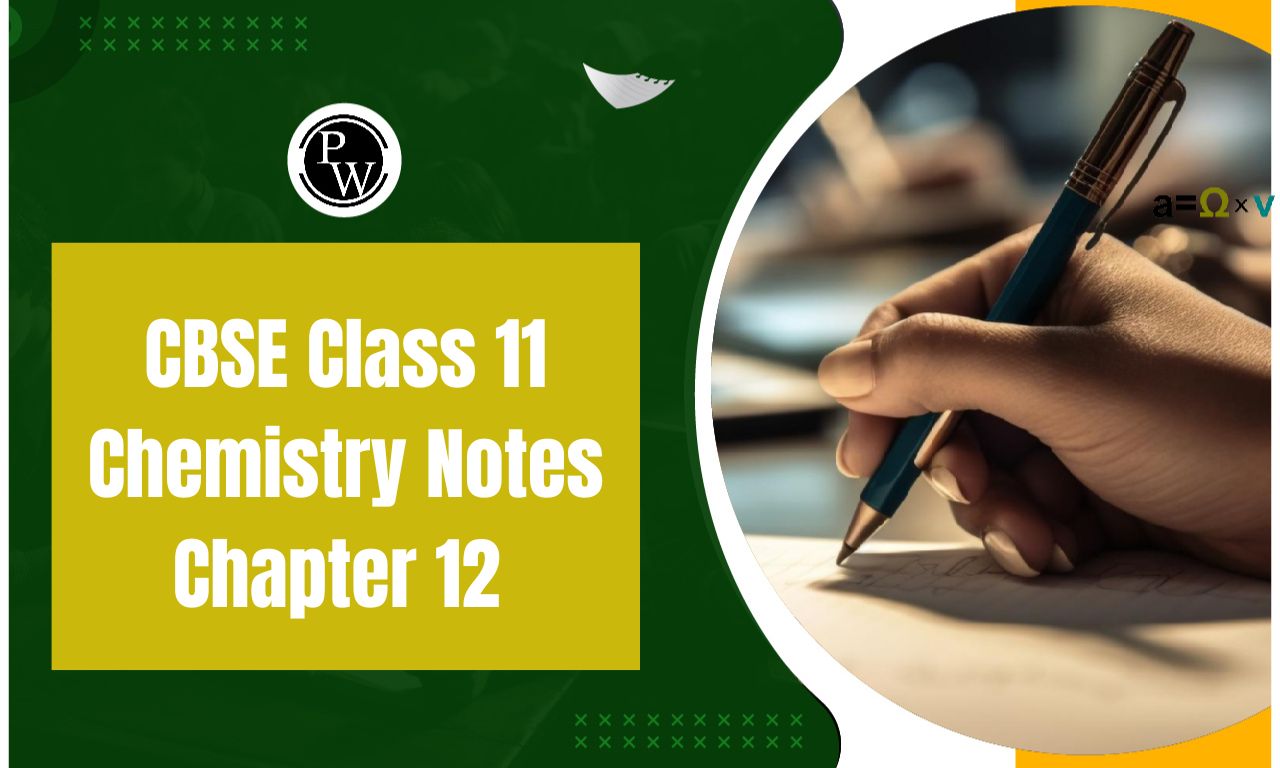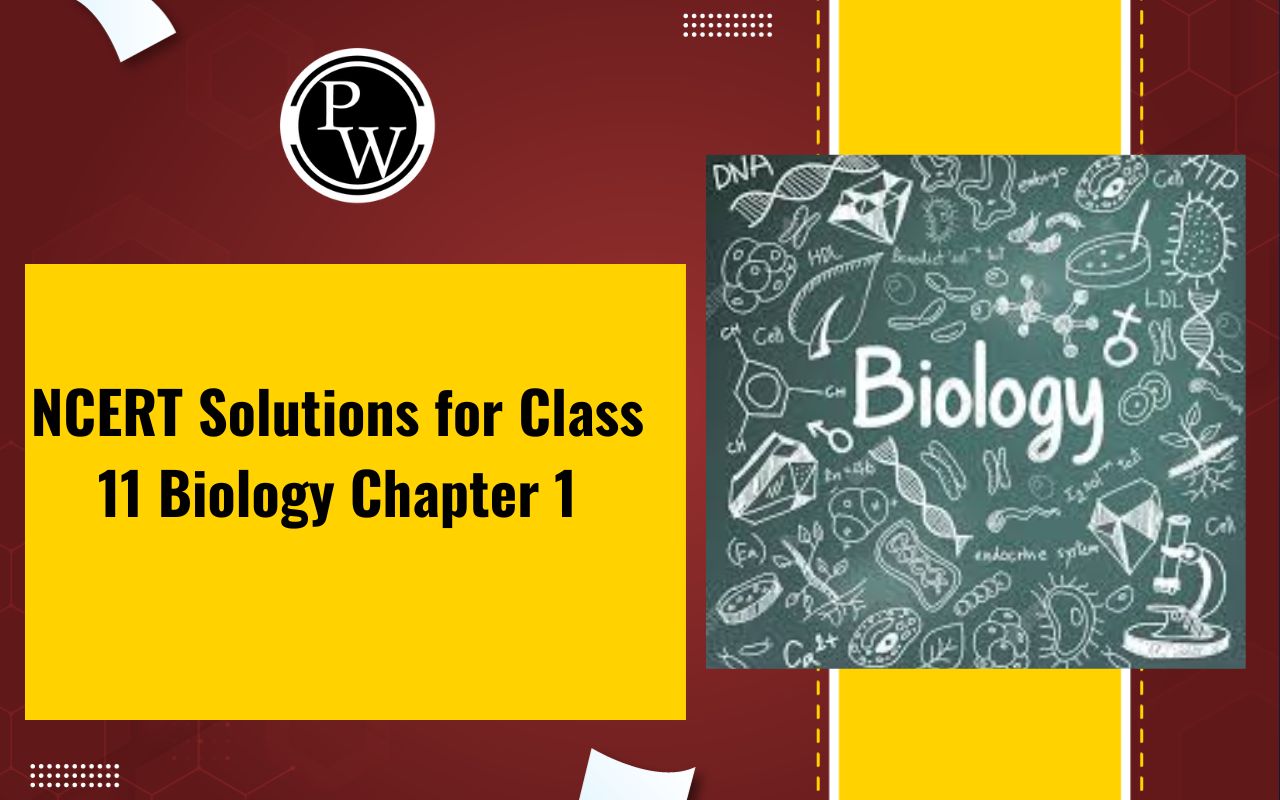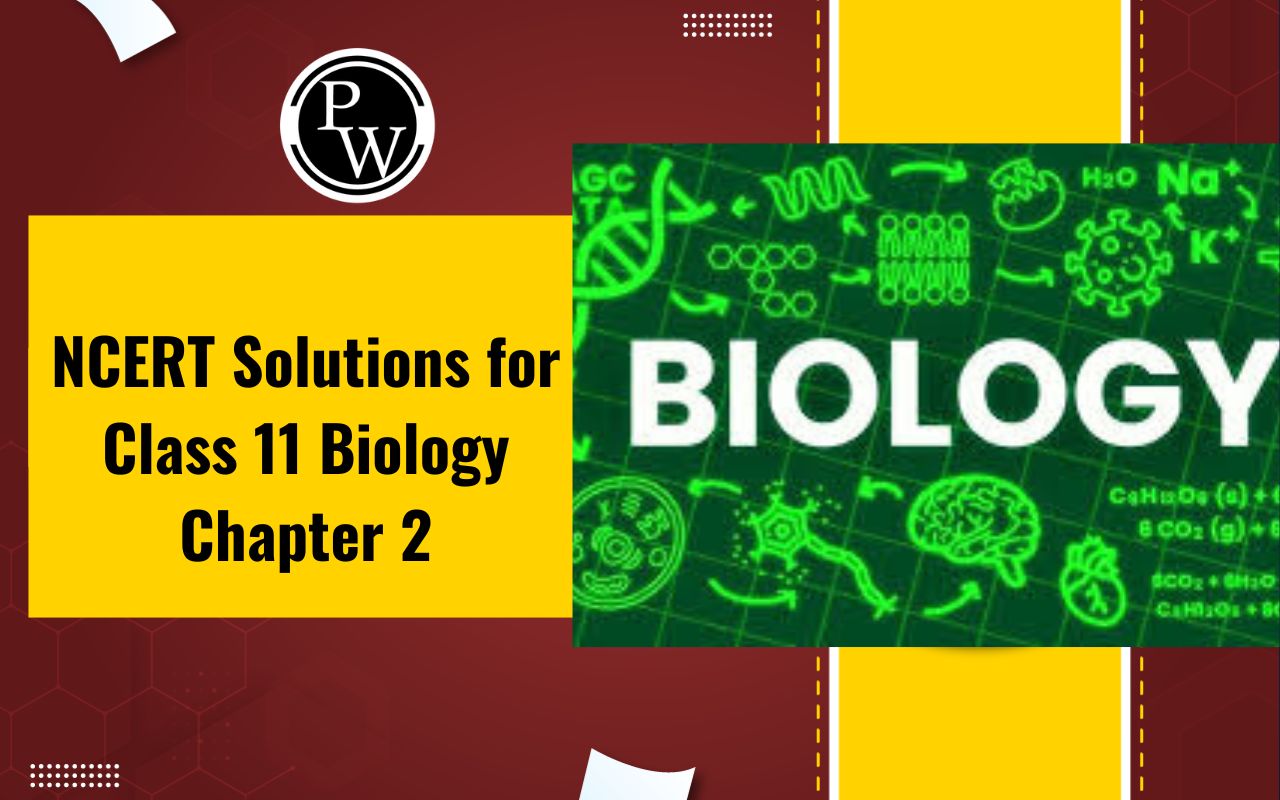
Important Questions for Class 11 Chemistry Chapter 2: Chapter 2 of Class 11 Chemistry, Structure of Atom , delves into the fundamental concepts of atomic theory, helping students understand the structure and behavior of atoms. Key topics include the discovery of the electron, proton, and neutron, atomic models (Thomson, Rutherford, Bohr), and the concept of atomic number, mass number, and isotopes. Students also explore the quantum mechanical model of the atom, orbitals, and electron configuration.
Important questions often focus on explaining atomic models, calculating the number of protons, neutrons, electrons, and understanding the relationship between energy levels and atomic spectra. Mastery of these concepts is crucial for advanced chemistry studies.Important Questions for Class 11 Chemistry Chapter 2 Overview
Chapter 2 of Class 11 Chemistry, "Structure of Atom," lays the foundation for understanding atomic theory, which is crucial for grasping modern chemistry concepts. Key topics include the discovery of subatomic particles, atomic models (Thomson, Rutherford, Bohr), and quantum numbers. Important questions from this chapter focus on the properties of electrons, protons, and neutrons, as well as the significance of atomic spectra and the quantum mechanical model. Mastering these topics helps in understanding chemical bonding, periodicity, and reaction mechanisms. A strong grasp of atomic structure is essential for further studies in inorganic, organic, and physical chemistry.Important Questions for Class 11 Chemistry Chapter 2 PDF
Below, we have provided a PDF containing important questions from Class 11 Chemistry Chapter 2: Structure of Atom. These questions are designed to help students grasp the fundamental concepts of atomic structure, including topics like atomic models, Bohr’s theory, and electronic configurations. By practicing these questions, students can strengthen their understanding and improve their preparation for exams. Download the PDF now for a comprehensive set of important questions to enhance your learning experience.Important Questions for Class 11 Chemistry Chapter 2 PDF
Important Questions for Class 11 Chemistry Chapter 2 Structure of Atom
Below is the Important Questions for Class 11 Chemistry Chapter 2 Structure of Atom - Question 1. Which among the following conclusions could not be derived from Rutherford’s α -particle scattering experiment? (i) Most of the given space in the atom is empty. (ii) The atom’s radius is about 10–10 m, while that of the nucleus is 10–15 m. (iii) Electrons move in the circular path of the fixed energy called orbits. (iv) Electrons and the nucleus are held together by electrostatic forces of attraction. Answer 1. Option (iii) is the correct answer. Question 2. Which options don’t represent an atom’s ground state electronic configuration? (i) 1s2 2s2 2p6 3s2 3p6 3d8 4s2 (ii) 1s2 2s2 2p6 3s2 3p6 3d9 4s2 (iii) 1s2 2s2 2p6 3s2 3p6 3d10 4s1 (iv) 1s2 2s2 2p6 3s2 3p6 3d5 4s1 Answer 2. Option (ii) is the correct answer. Question 3. The probability density plots of the 1s and 2s orbitals have given in Fig. The density of dots in the region represents the probability density of finding an electron in the region. Based on the above diagram, which among the following statements is incorrect? (i) 1s and 2s orbitals are given as spherical. (ii) The probability of the finding the electron is close to the nucleus. (iii) probability of finding the electron at the given distance is equal in all directions. (iv) probability density of electrons for 2s orbital decreases uniformly and gradually as the distance from the nucleus increases. Answer 3. Option (iv) is the correct answer. Question 4. Which of the following statements will not correct the characteristics of cathode rays? (i) They start from the cathode and then move towards the anode. (ii) They travel in a straight line without an external electrical or magnetic field. (iii) Characteristics of cathode rays don’t depend upon the material of electrodes in the cathode ray tube. (iv) Characteristics of cathode rays depend entirely upon the nature of gas present in the cathode ray tube. Answer 4. Option (iv) is the correct answer. Question 5. Which among the following statements about the electron is incorrect? (i) It is the negatively charged particle. (ii) The mass of the electron is equal to the mass of the neutron. (iii) It is the primary constituent of all atoms. (iv) It is the constituent of cathode rays. Answer 5. Option (ii) is the correct answer. Question 6. Which of the following atom properties could be explained correctly by the Thomson Model of an atom? (i) Overall neutrality of the atoms. (ii) Spectra of the hydrogen atom. (iii) Position of the atom’s electrons, protons and neutrons. (iv) Stability of the atoms. Answer 6. Option (i) is the correct answer. Question 7. Two atoms are said to be isobars only if. (i) they have the same atomic number but different mass numbers. (ii) they have the equal number of electrons but different numbers of neutrons. (iii) they have the equal number of neutrons but different numbers of electrons. (iv) the addition of the number of protons and neutrons is equal, but the number of Protons is different. Answer 7. Option (iv) is the correct answer Question 8. The hydrogen atom possesses only one electron. Hence the mutual repulsion between the electrons is absent. But, in multielectron atoms, the mutual repulsion between the electrons is significant. How does this affect the energy of the given electron in the orbitals of the same principal quantum number in multielectron atoms? Answer. The hydrogen atom possesses only one electron. Thus, the mutual repulsion between electrons is absent. But in the multielectron atoms, the mutual repulsion between the electrons is significant. Incomplete answer Question 9 . Out of electrons and protons, which one will have a higher velocity to produce matter waves of the same wavelength? Explain it. Answer. Out of the electron and proton, being the lighter particle, the electron will have the higher velocity and produce matter waves of the same wavelength. Question 10. Calculate the total number of required angular nodes and radial nodes present in the 3p orbital. Answer. Nodes are the region present among the particular orbitals where one can find the probability density of finding electrons would be zero. In case of np orbitals, the radial nodes, = n – l – 1 = 3 –1 – 1 = 1 Angular nodes = l = 1. Question 11. A nickel atom can lose two electrons to form a Ni 2+ ion. The atomic number of element nickel is 28. From which orbital would the nickel lose two electrons. Answer One Ni atom contains 28 electrons and the electronic configuration is : [Ar] 4 s 2 3 d 8 It becomes Ni 2+ by losing two given electrons, so the configuration of Ni 2+ is : [Ar] 4 s 0 3 d 8 Hence, nickel loses two electrons from the 4s orbital, not the 3d orbital, according to the Aufbau principle. Question 12. Which among the following orbitals are degenerate? 3d xy , 4d xy , 3d z2 , 3d yx , 4d yx , 4d zz Answer. The energy of the orbitals depend upon the principal quantum number or the main shell to a large extent. Thus, the orbitals with the equal value of n will have the same energy levels and will be known as the degenerate orbitals. Degenerate orbitals are 3 d xy , 3 d z2 , and 3 d yx as they have the same main shell n = 3. Also, 4 d xy , 4 d yx , and 4 d zz as they have the same value of n=4. Question 13. An atom that has atomic mass number 13 has seven neutrons. What is the atomic number of the given atom? Answer. The mass number of the atom = number of protons + number of neutrons Hence, the atomic number ( number of protons ) = mass number – no. Of neutrons. The atomic number of the given atom: = 13 – 7 = 6.Benefits of Important Questions for Class 11 Chemistry Chapter 2
Studying important questions for Class 11 Chemistry Chapter 2, "Structure of Atom," offers several benefits:Conceptual Clarity : These questions help reinforce core concepts such as atomic models, subatomic particles, and quantum theory, ensuring a deeper understanding of atomic structure.
Better Retention : Practicing key questions aids in better retention of essential facts and theories, making it easier to recall during exams.
Exam Preparation : Important questions are often aligned with exam patterns, helping students focus on frequently asked topics and boost performance.
Application Skills : These questions enhance problem-solving and application of concepts, preparing students for higher-level chemistry topics.
Time Management : Regular practice improves time management skills, ensuring efficient and effective exam strategy.
Foundation for Advanced Topics : A strong understanding of atomic structure is essential for mastering organic and inorganic chemistry, as well as understanding chemical bonding and periodicity.
Important Questions for Class 11 Chemistry Chapter 2 FAQs
What is important in the structure of an atom?
Is atomic structure hard?
What are the basic concepts of atoms?
Who proposed the structure of atom?










